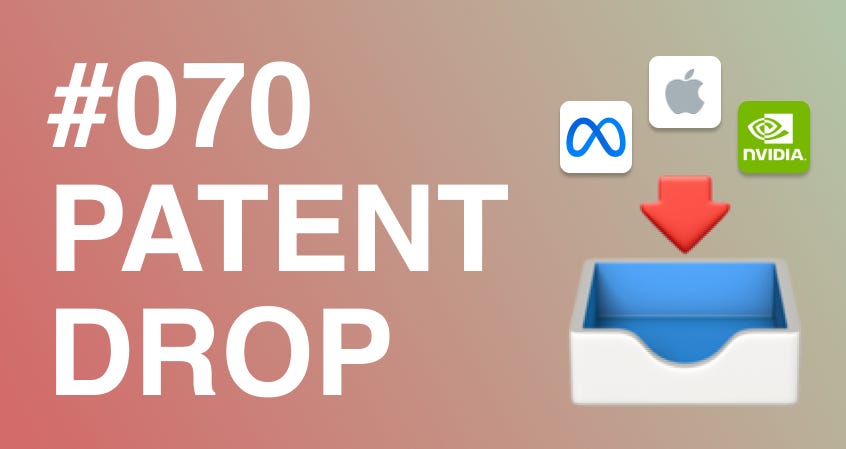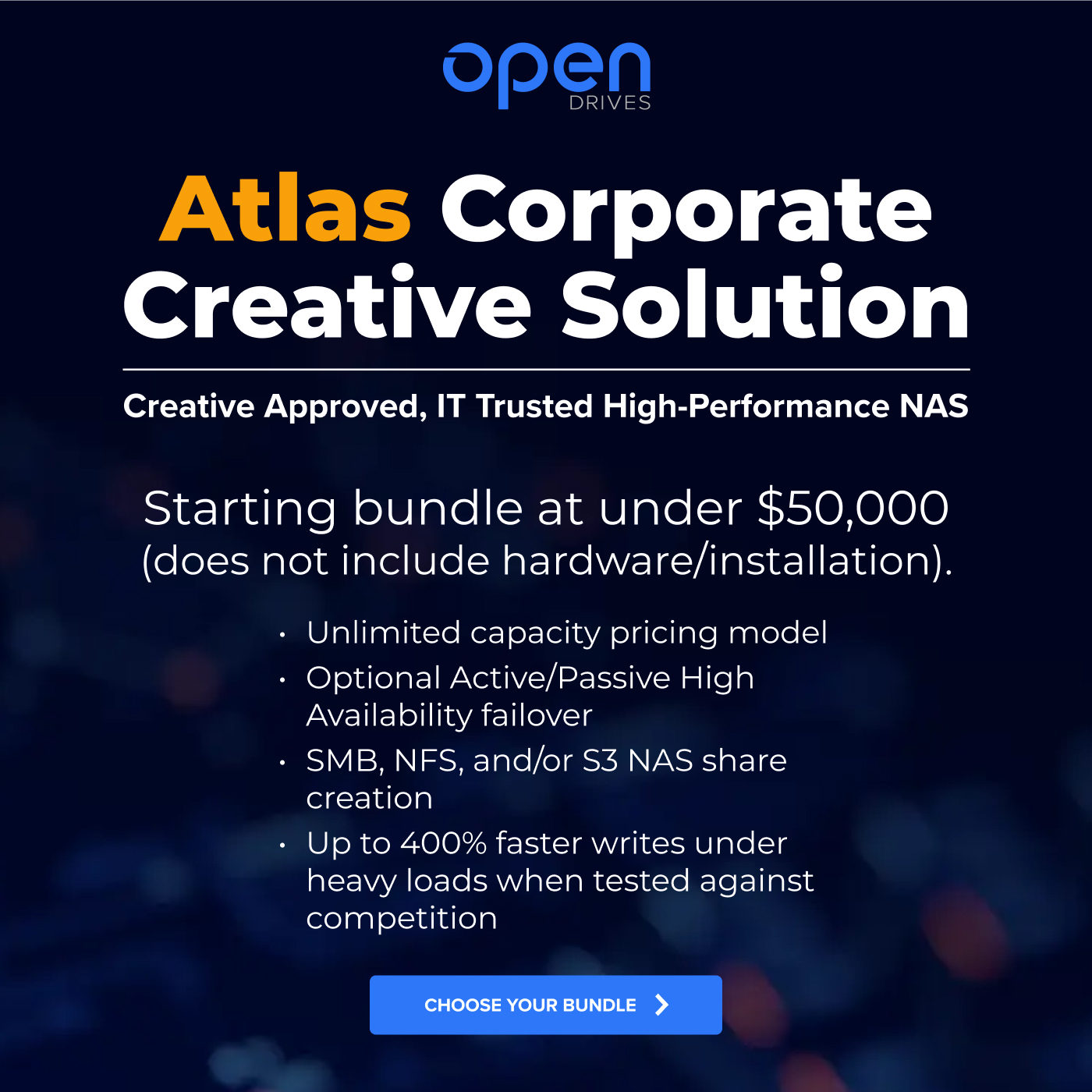In the Press


Plus: Nvidia’s data center bandaids; Meta’s digital ad strategy
Happy Monday and welcome to the Patent Drop!
Today, we’re looking at Apple’s plans to become your doctor, Nvidia’s self-regulating data centers, and Meta’s hyper-personalized advertising.
…
Let’s take a look.
#1. The Apple-branded doctor
Apple wants to be on your desk, in your pocket, and on your wrist. Now, it looks like it wants to be in your blood, too — or at least monitoring it up close.
The company is seeking to patent an “ambulatory blood pressure cuff” which would allow the user to move around while wearing it. Apple said in its filing this will allow the device to monitor a wearer for longer periods of time, “such that physiological measurements can be performed periodically or continuously.”
Separately, Apple filed a patent for methods to control this cuff “in response to one or more biophysical or environmental conditions.” Essentially, the cuff allows the wearer to monitor blood pressure without sitting entirely still by adjusting to the user’s movements.
“Determining an accurate blood pressure typically requires a person to assume a particular posture, position, or other conditions,” Apple said in its filing. “However, if a person’s blood pressure is to be monitored periodically and continuously … instructing the person to repeatedly pause what they are doing and meet a set of conditions … can be very intrusive and disruptive.” For context: This isn’t Apple’s first attempt at trying to patent a blood pressure monitor. The company has filed several patents for pulse oximeters in Apple Watches, and recently lost a legal battle with medical tech company Masimo for infringing on its patents for blood pressure devices.
Apple has had a pretty firm grip on the health and wellness sector for a while now, with everything from its Apple Watch to recent patent filings for health monitoring headphones and scales. These new patents seem to be Apple taking its health tech a step further, bringing physical monitoring capabilities to a more clinical arena.
The company’s move into medical devices seems like a “natural extension” of its current product offerings, John Engle, president at investment group Almington Capital, told me. The company already has the groundwork laid of high-quality biometric measuring capabilities, so applying that to medical monitoring “makes perfect sense,” he said.
However, Engle said he’d be surprised if this product ended up looking like a conventional blood pressure cuff. Rather, he said he expects this to look closer to a thinner arm cuff or wrist watch once it’s actually developed, with the likely goal of getting around the legal patent issues that Apple has faced with Masimo. “That was their principal issue, that they lost their patents on that and have had to come up with a new one,” Engle said.
“The devices themselves are less important than the sensors and the data,” Engle added.
In the long term, Apple may be trying to capture the aging population with devices like this, Engle said. While the company is likely not diversifying into traditional medical tech in the short-term, These devices could be an entryway to at-home medical tech offerings for older folks that are more often in need of “ongoing medical monitoring … outside of a hospital or physiotherapy context.”
#2. Nvidia’s data center tourniquet
Nvidia wants to patch its own wounds.
The company wants to patent tech for data center “self-healing.” Essentially, this system will accurately diagnose failures and their causes within a data center. Using machine learning, this system can tell when “a change exceeded a threshold” of standard operations and send an alert that corrective action is needed, giving precise directions as to what and where.
Nvidia noted that these corrections can either be made by a human, or a “robotic unit” trained to make specific fixes and limit more human error. The goal is limiting the need for human intervention as much as possible as data centers get bigger and more complex, Nvidia wrote.
“As data center(s) increase in size and complexity, design-orientated failure analysis becomes more challenging,” Nvidia said in its filing. “Human intervention with data centers is more challenging as size and complexity increases, where collected data may increase exponentially as newer servers or nodes are added.”
Additionally, Nvidia also filed a patent application for a “data center load supervisor,” which determines the “grid capacity,” or the ability of its power grid to handle its workload. It works by tracking the fluctuations of the power grid throughout the day to determine whether or not it should use power from the grid or switch to other methods of power consumption, such as on-site batteries or generators. The filing also said this system may have the capability to “provide energy back to grids.”
To put it plainly, tech like this is incredibly important as the need for data centers grows to support the now endless demand for cloud services.
For starters, the “self-healing” tech eliminates two problems, according to Trevor Morgan, director of product marketing at data storage company OpenDrives. One, people entering potentially hazardous situations in order to fix an issue, and two, human error in fixing said issue. This tech can limit service outages and breakdowns by proactively identifying and precisely fixing them itself in times when it wouldn’t be safe or efficient for a worker to do so.
“It’s much more effective when a system is taking all of this data, processing it using advanced algorithms and making the adjustments on its own,” said Morgan. “You can have a very adaptive data center with very little human intervention, which reduces the chances of human error.”
Meanwhile, the company’s proposed “load supervisor” tech helps solve a major issue that currently plagues data centers: the massive amount of energy they suck up. This tech has the potential to help mitigate blackouts by giving back stored energy and relying on its own stored power during high energy-use times, like, for example, when everyone has their AC on during the hottest day of the summer… or mining Bitcoin.



